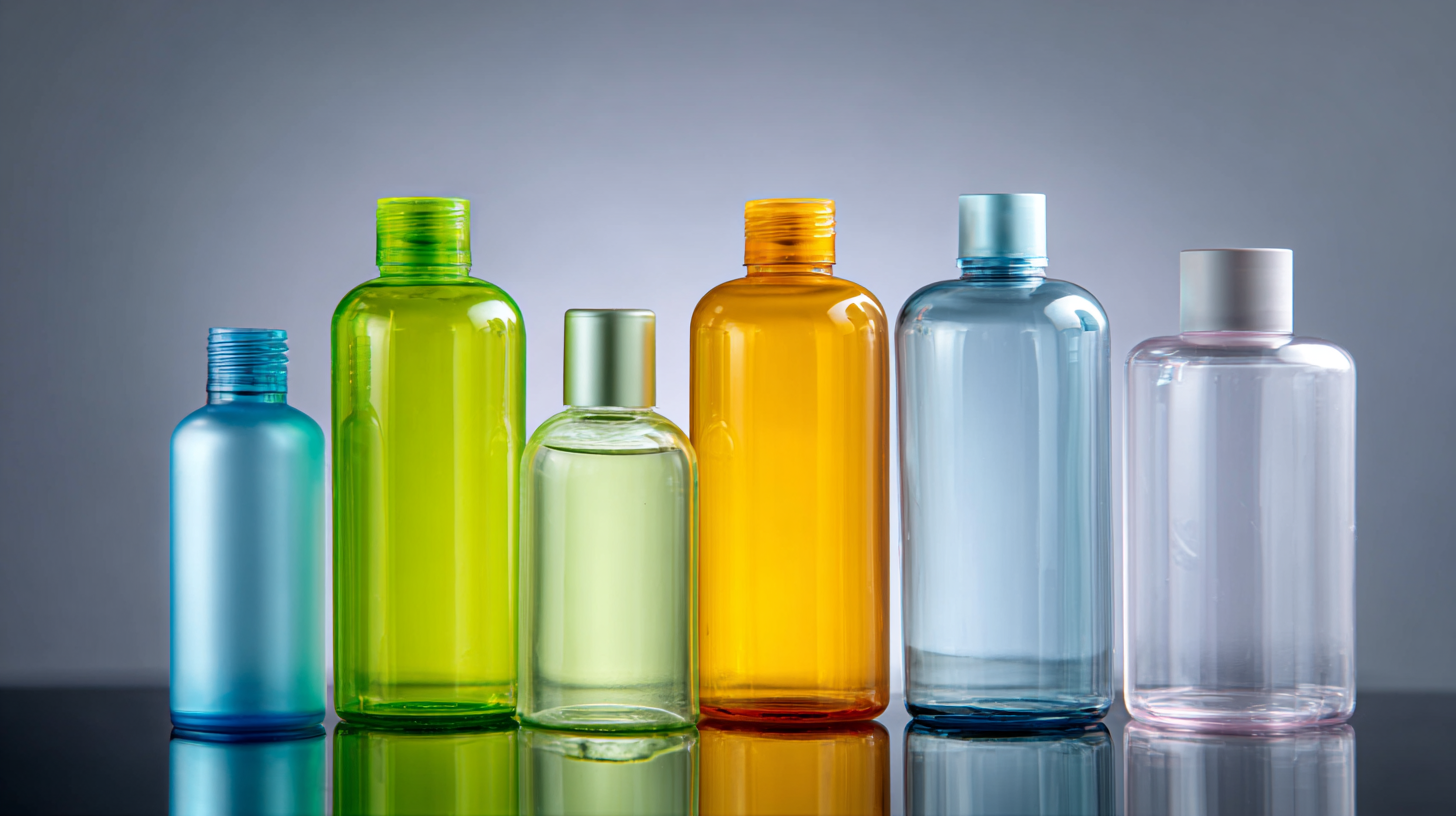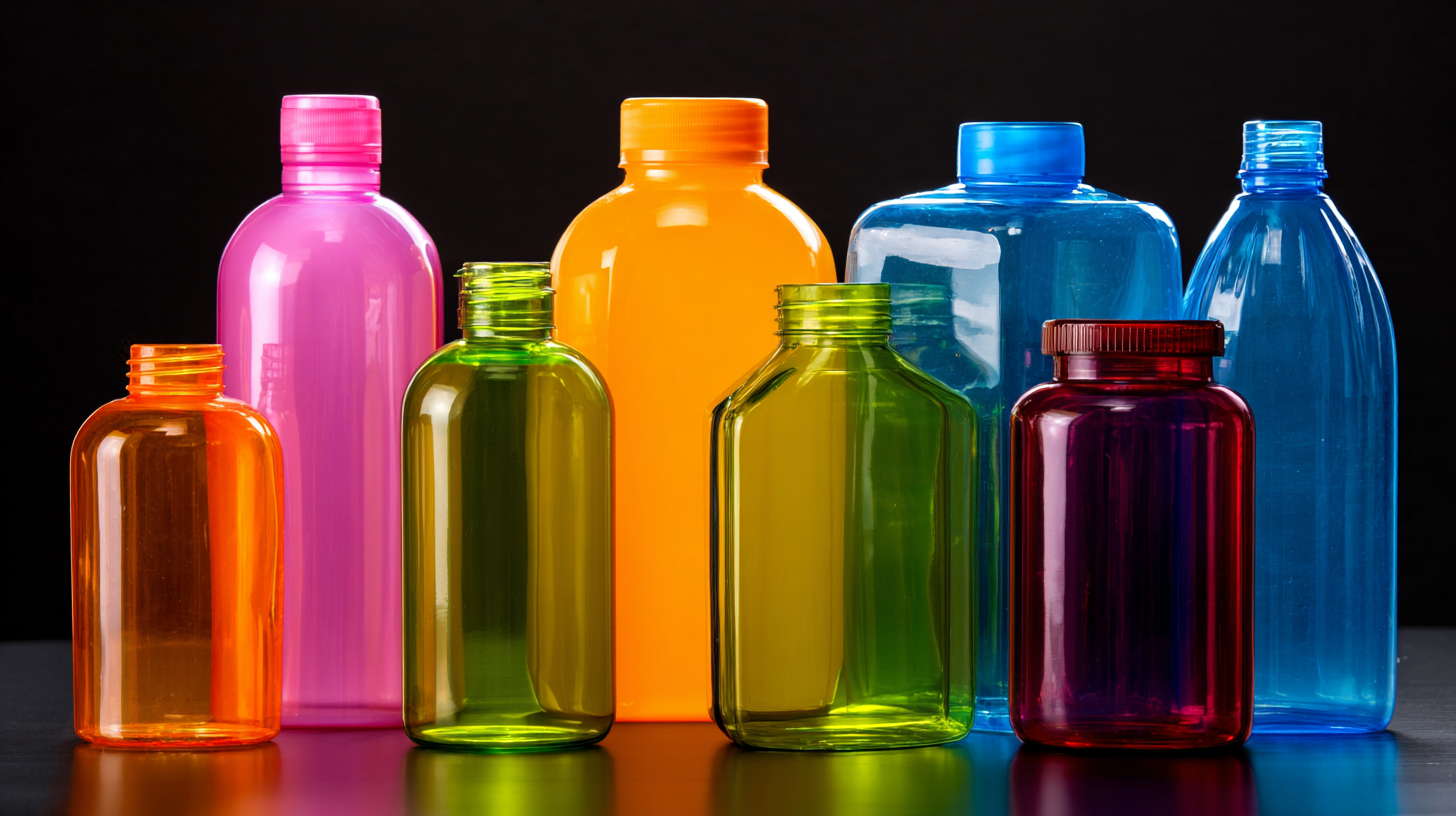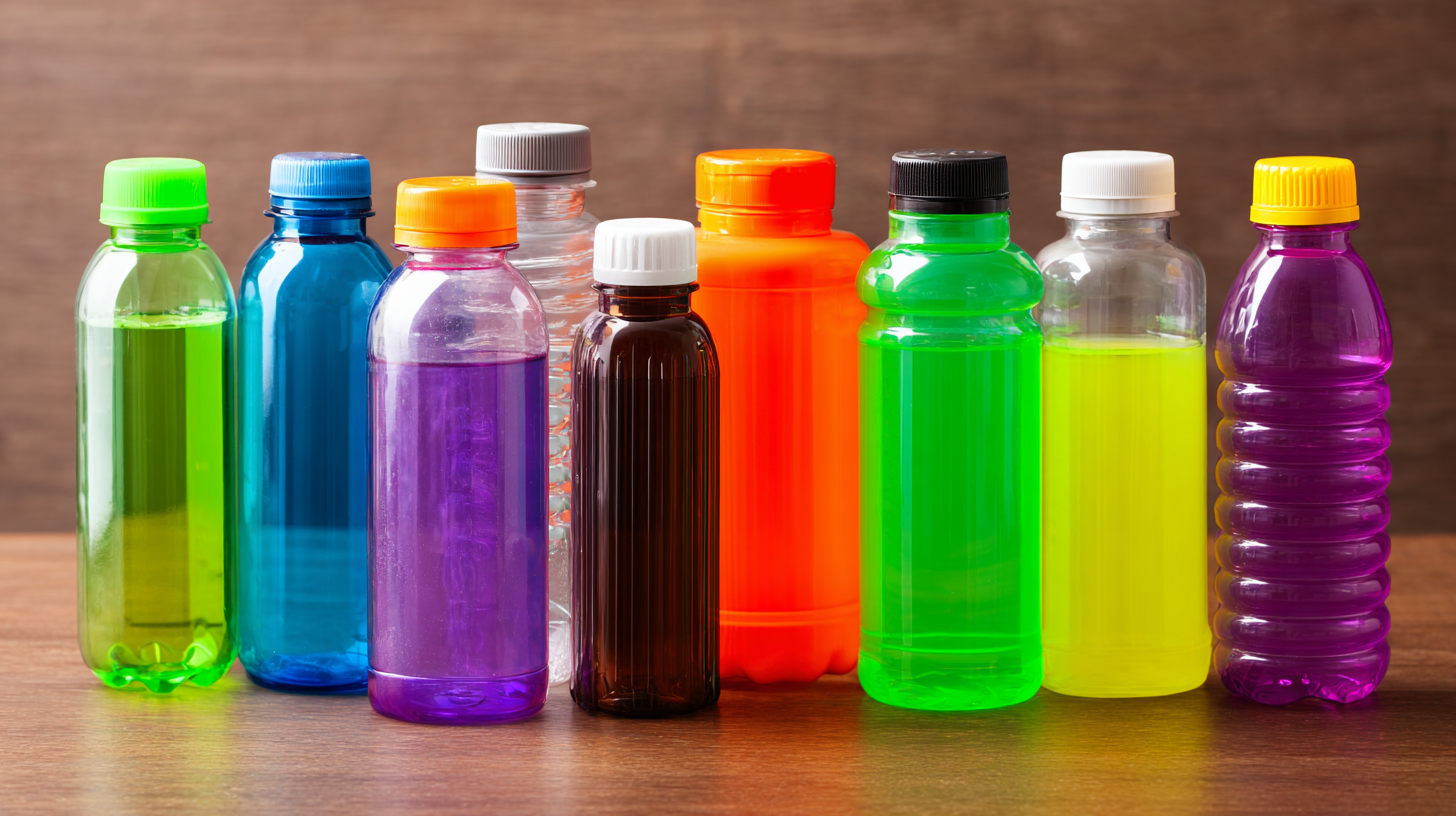
Ultimate Guide to Choosing the Best Plastic Bottle Containers for Your Needs
In recent years, the demand for Plastic Bottle Containers has surged, driven by an increasing focus on sustainability and innovative packaging solutions. According to a recent market analysis by ResearchAndMarkets, the global plastic bottle market is projected to reach approximately 200 billion units by 2025, highlighting a compound annual growth rate (CAGR) of around 4.5% from 2020. This significant growth reflects a growing consumer preference for lightweight, versatile, and recyclable options across various industries, including food and beverage, healthcare, and personal care. As businesses and consumers alike are becoming more environmentally conscious, the choice of plastic bottle containers plays a crucial role in both preserving product integrity and reducing ecological impact. This ultimate guide aims to help you navigate the myriad choices available, ensuring that you select the best plastic bottle containers tailored to your specific needs in this rapidly evolving market.

Types of Plastic Bottle Containers: Understanding Your Options
When it comes to selecting the right plastic bottle containers, understanding the various types available is essential. Plastic bottles come in several forms, each designed for specific needs. For instance,
PET (Polyethylene Terephthalate) bottles are lightweight and perfect for beverages, while HDPE (High-Density Polyethylene) bottles are more durable and often used for household products. Knowing these differences helps in making informed choices according to the intended use.
Tips for choosing the right type include assessing the contents you plan to store. If you are working with liquids, consider bottles with secure caps that prevent leaks. For products requiring storage over longer periods, look for bottles that offer UV protection to preserve the quality of the contents. Additionally, evaluate the size options; smaller bottles are great for trial purposes, while larger containers are more economical for bulk storage.
Another point to keep in mind is environmental impact. Opt for recyclable bottles when possible, as this contributes to sustainability. Look for those marked with recycling symbols and consider compostable alternatives if you are looking for eco-friendly options. Each type of plastic bottle serves a unique purpose, so exploring your options will enable you to make a choice that aligns with both your functional needs and environmental values.
Key Factors to Consider When Selecting Plastic Bottles
When selecting plastic bottles for your needs, it's crucial to consider several key factors that can impact both functionality and sustainability. First, the type of plastic material plays a significant role in the bottle's performance and eco-friendliness. Common materials include polyethylene terephthalate (PET), high-density polyethylene (HDPE), and polypropylene (PP). Each type has unique characteristics; for instance, PET is lightweight and recyclable, making it ideal for beverage containers, while HDPE offers greater durability for storage solutions.
In addition to material, understanding the projected market trends can help guide your purchasing decisions. The plastic bottle and container market is expected to experience a steady growth rate, with the global market for reusable water bottles projected to reach significant figures by 2032. This trend reflects an increasing consumer preference for sustainable options, pushing brands to innovate in packaging while adhering to environmental considerations. To align with these trends, choosing bottles that are not only functional but also support a circular economy is essential for meeting modern consumer expectations.

Quality Assurance: What to Look for in a Reliable Manufacturer
When it comes to selecting plastic bottle containers, finding a reliable manufacturer is crucial to ensure the quality and safety of your products. One of the first aspects to consider is the manufacturer’s certifications. Look for ISO certifications or compliance with food safety standards such as FDA regulations if your bottles are intended for consumable products. These certifications indicate that the manufacturer adheres to rigorous quality control processes, which can translate into the durability and reliability of the bottles you choose.
Additionally, assess the materials used in the manufacturing process. High-quality plastic, such as PET or HDPE, not only ensures the containers are lightweight and strong but also affects their recyclability. A trustworthy manufacturer should be able to provide details about the raw materials, their sourcing, and any safety data sheets that confirm the absence of harmful chemicals. Transparency about the manufacturing process and ingredients reflects a commitment to quality assurance, which is vital for building consumer trust in your brand.
Ultimate Guide to Choosing the Best Plastic Bottle Containers for Your Needs
| Feature | Importance | Quality Indicators | Recommended Material |
|---|---|---|---|
| Durability | Essential | Impact resistance, stress crack resistance | Polyethylene (PE) |
| Chemical Resistance | High | Check for compatibility with contents | Polypropylene (PP) |
| Temperature Resistance | Important for liquid contents | Thermal stability ratings, heat distortion | Polyamide (Nylon) |
| Safety and Compliance | Crucial for food contact | FDA compliance, BPA-free certification | PETE (PET) |
| Recyclability | Environmentally friendly | Recycling codes, post-consumer content | Recycled HDPE |
Sustainability in Plastic Bottle Production: Eco-Friendly Choices
Sustainability in plastic bottle production is becoming increasingly important as consumers become more environmentally conscious. Choosing eco-friendly plastic bottles not only helps reduce waste but also supports companies that prioritize sustainable practices. When selecting plastic bottle containers, look for options made from recycled materials or those that can be recycled after use. This not only minimizes the environmental impact but also contributes to a circular economy.
Tips for selecting sustainable plastic bottles include checking for certifications such as BPA-free and recyclability symbols. Opting for bottles that are produced using renewable energy sources can also enhance their eco-friendliness. Additionally, consider the lifespan of the container; reusable options significantly reduce the amount of plastic waste generated, allowing you to make a more responsible choice.
It's crucial to be aware of the manufacturing processes involved in producing plastic bottles. Seek out brands that utilize environmentally friendly practices, such as water-based adhesives or non-toxic inks for labeling. By understanding and supporting sustainable production methods, you can contribute to a healthier planet while satisfying your needs for plastic container solutions.
Customization Options for Plastic Bottles to Suit Your Brand Needs
When it comes to plastic bottle containers, customization plays a pivotal role in aligning products with brand identity and consumer preferences. Brands today are not only looking for functional packaging but also for bottles that reflect their unique values and aesthetics. From choosing the right color and finish to incorporating logo engravings or labels, the options for customization are vast. This allows businesses to create a cohesive image that resonates with their target audience, ultimately enhancing brand loyalty.
Moreover, the advent of technological innovations has further expanded the customization landscape. With the rise of eco-conscious consumers, brands can now opt for sustainable materials and manufacturing processes while still achieving a personalized touch. Innovations such as 3D printing and digital printing techniques enable intricate designs and limited runs that cater to specific promotional campaigns. As the reusable water bottle market continues to flourish, the emphasis on custom features will likely play a significant role in differentiating products in an increasingly competitive marketplace.







